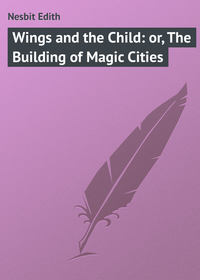Kitabı oku: «Wings and the Child: or, The Building of Magic Cities», sayfa 2
Bir şeyler ters gitti, lütfen daha sonra tekrar deneyin
Türler ve etiketler
Yaş sınırı:
12+Litres'teki yayın tarihi:
10 nisan 2017Hacim:
130 s. 1 illüstrasyonTelif hakkı:
Public Domain